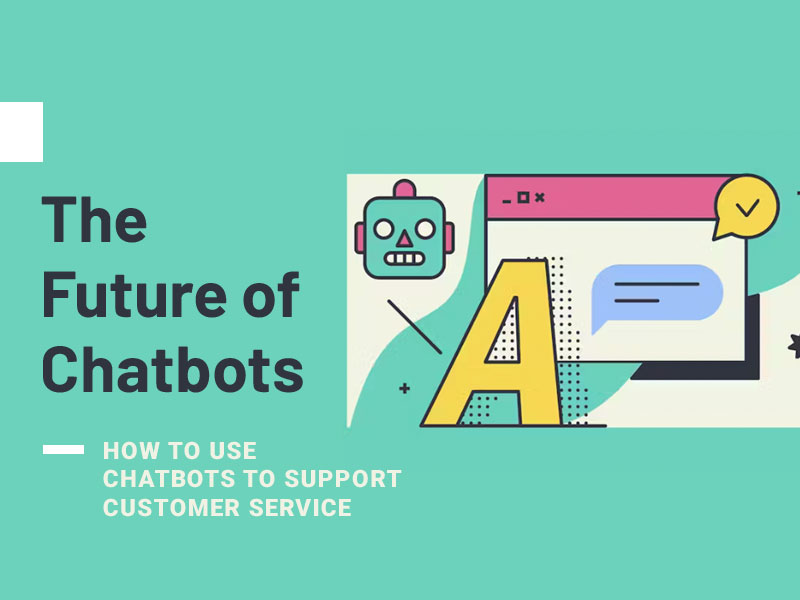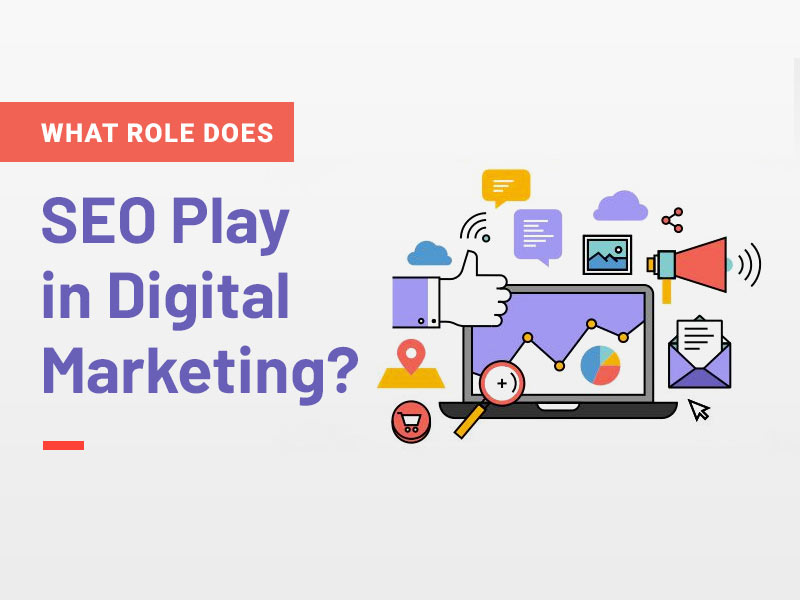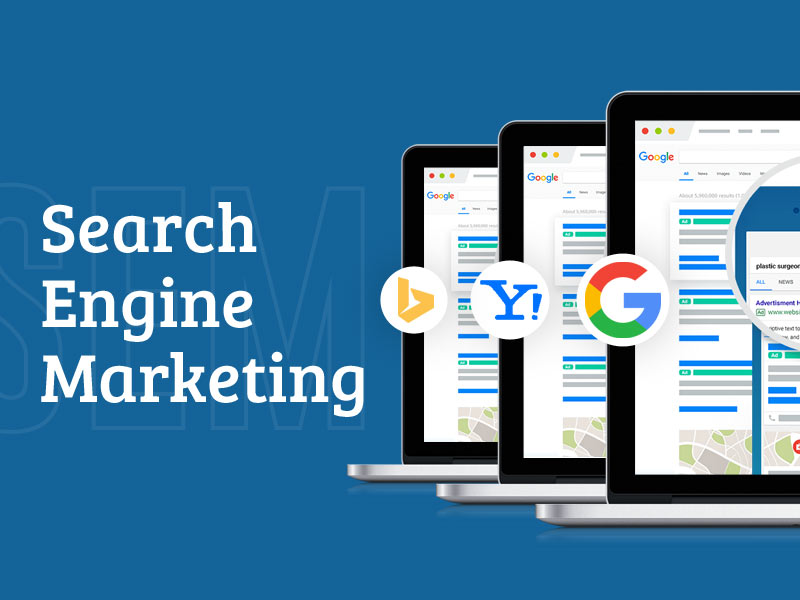Chatbots have become an integral part of the customer service landscape used by businesses of all sizes in various industries. And as they continue to evolve, they’re only going to become more critical.
This article will discuss chatbots in detail, explain how you can effectively use them to modernize your business, connect with new audiences and outline the top seven trends we expect to see in their development through 2024 and beyond.
What is a Chatbot?
At the most basic level, chatbots are computer programs designed to simulate human conversation. They can process written or spoken language inputs from users and generate responses accordingly.
Chatbots can be as rudimentary as single-line question and response systems or as complex as ones that can carry out prolonged conversations, express emotion, and learn over time.
What Are Chatbots Used For?
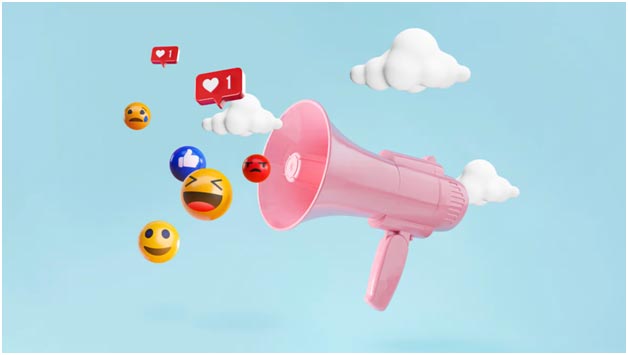
Image source: Envato
While chatbots serve one primary function (to simulate conversation), they can be used in many contexts and for many different purposes. Just some of these include:
Customer Service
One of the most popular applications for chatbots is customer service. Many companies have begun using chatbots to offload some of the more repetitive and straightforward tasks from their human customer service reps.
For example, you can use chatbots to answer basic questions about a product or service, help customers with troubleshooting, or provide general information about company policies.
Marketing and Sales
Chatbots have become increasingly common sales and digital marketing tools. Some companies use chatbots on their websites to engage with potential customers and collect information about their needs and interests.
Human Resources
Chatbots are also making their way into the human resources department. Several companies are using chatbots as a way to streamline the process of recruiting new employees.
For example, you could use a chatbot to collect information about candidates, help schedule interviews, or even provide feedback during the interview process.
Why Are Chatbots Popular?
But can’t I just get a human to do all these things? Well, yes, but there are significant advantages to going the automated route, especially when it comes to customer service applications. These include:
24/7 Availability
One of the most appealing aspects of chatbots is that they can be available to users 24 hours a day, seven days a week – unlike humans, who need to sleep and take breaks throughout the day. This availability can be a significant selling point for businesses that want to provide their customers with around-the-clock support.
Faster Resolution Times
As they’re completely automated, chatbots can respond instantly to requests they receive. In contrast, human customer service reps generally need time to research the answer to a question before getting back to the customer.
Cost-Effective
Another big advantage of chatbots is that they are generally much cheaper than human customer service reps. This is because they don’t require salaries, benefits, or other forms of compensation.
Saved Costs Of Support Tickets
The fast response times of chatbots can also lead to tangible savings for businesses. Chatbots can often resolve issues without escalating to more expensive support channels, such as phone calls or live chats with human reps.
Averted Burnout
While customer service staff are highly skilled at what they do, they’re also human and prone to burnout over time. By using chatbots to handle some of the more repetitive tasks involved in the job, businesses can help reduce the risk of burnout among their customer service team.
Helping Customers Help Themselves
Customer support teams exist for a reason and offer customers a valuable resource to turn to if they have questions. However, that’s not to say that every single problem they encounter necessitates a support ticket. Businesses can empower their customers to help themselves and avoid unnecessary support tickets by providing self-service options through chatbots.
How to Use Chatbots for Customer Service
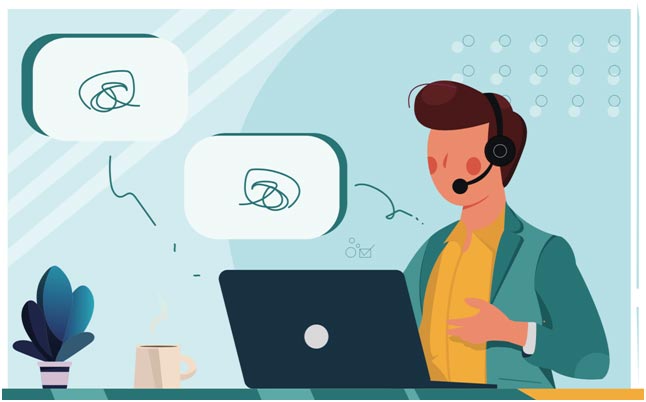
Image Source: Envato
It should have been made clear that chatbots can be highly beneficial for businesses regarding customer service. But how exactly can you go about using them? Let’s take a look at some typical applications of chatbots in customer support:
FAQs
One of the most popular ways to use chatbots for customer service is to answer common questions that customers might have.
You can do this in a number of ways, such as providing a list of frequently asked questions that the chatbot can provide answers to or by training the chatbot to understand natural language so that it can instantly answer questions. A great example of this, Dollar Shave Club has integrated a knowledge base of answers to common questions with their website’s chatbot.
Customer Service Ticketing
Another common application of chatbots is in the customer service ticketing process. In this case, the chatbot would collect information about the customer’s issue and then generate a ticket that would be sent to the appropriate customer service representative. This can help speed up the ticketing process and promptly get customers the help they need.
Inbound Labs’ chatbot is an excellent example of this concept in action. It engages in conversations with users to determine their needs and sends a support request to the appropriate internal team.
Account Support
Another customer service task using chatbots is providing account support. This might include tasks such as resetting passwords, updating account information, or canceling accounts. Amazon has a great customer support-oriented chatbot that assists users with things like tracking orders, managing refunds, and reporting delivery issues.
The Future of Chatbots: 7 Exciting Chatbot Trends for 2024
As a new technology, chatbots have a lot of potential and are already being used in many exciting ways. The future of chatbots looks bright, and their popularity is expected to grow significantly over the next few years. Here are some exciting trends to look forward to in 2024.
1. Chatbots Become More Human
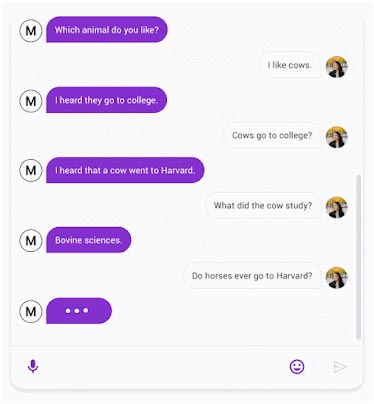
Humanization is a top area of focus for chatbot developers, 42% of whom indicate it as their top priority. And this comes as no surprise – while popular, most businesses haven’t implemented chatbots yet because of a fear of appearing inauthentic. Making chatbots more human is the key to unlocking their true potential.
Google’s Lamda is a perfect example of recent investments into the humanization of chatbots and AI in general. The leading tech company says its latest language model is capable of holding ‘free-flowing’ conversation, and some engineers working on the project have gone as far as to say they believe it’s sentient.
2. Customer Insights Inform Chatbot Behavior
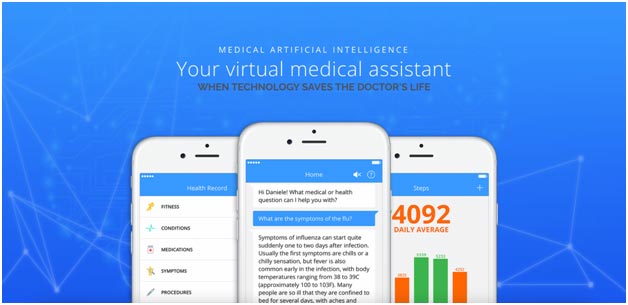
Image source: MedWhat
AI-powered chatbots are only going to become more prevalent. And as they do, user insights will start to play an increasingly important role in how they’re designed and used. Customer data will be vital in informing the development of chatbots and ensuring that they provide the best possible experience.
Powered by an advanced machine learning (ML) system, MedWhat’s chatbot is able to generate increasingly accurate responses by learning from user interactions and data.
3. Voicebot Assistants Become More Common

Image Source: Google
While chatbots are frequently used in text-based customer service interactions, the trend is moving towards voice-based assistants.
This is likely due to the increasing popularity of voice-activated devices such as Amazon Echo and Google Home. As more businesses adopt these devices, we’ll see a corresponding increase in the use of voice-based chatbots.
4. More Chatbots on Social Media
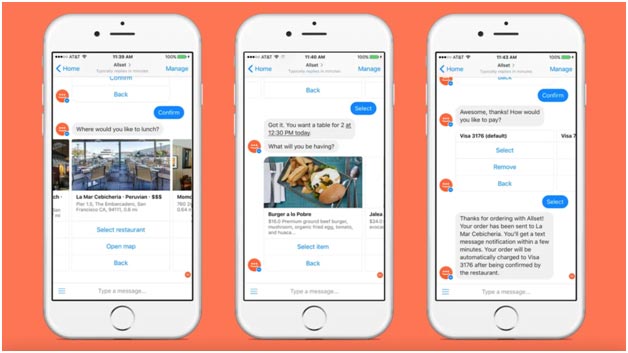
Image source: CNET
Social media is another area where chatbots are likely to become more prevalent. This is because social media platforms provide an ideal environment for chatbots, with their high volumes of users and real-time interactions. We’re already seeing chatbots being used on platforms such as Facebook Messenger, and we’ll see even more in the future.
5. Enhanced Customer Experience
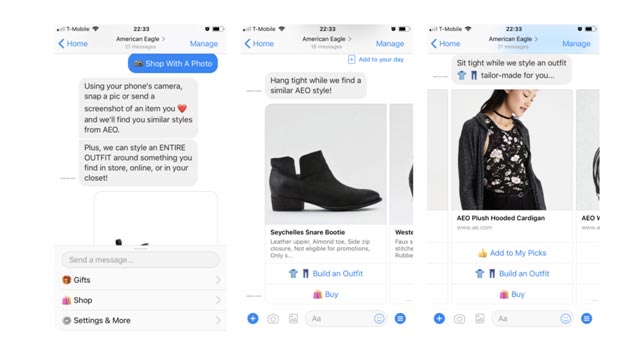
Image source: American Eagle
As chatbots become more common, businesses will use them to enhance the customer experience. This might include using chatbots to proactively offer assistance, provide recommendations, or add a personal touch to interactions.
American Eagle’s chatbot is a great example of this – it uses shoppers’ interests to cater product recommendations to their specific needs.
6. Automated AI Payments
One of the most exciting potential applications of chatbots is in the area of payments.
Several chatbots already allow users to make payments, which will likely become more common. This could potentially revolutionize how we make payments, making them quicker, easier, and more convenient. Hong Kong’s Hang Seng Bank recently launched a chatbot capable of assisting customers with tasks like checking their account balances and even sending small peer-to-peer transfers.

Image Source: HangSeng
7. Chatbots for Internal Use
While chatbots are commonly used for customer-facing interactions, there’s also a lot of potential for them to be used internally within businesses. This might include using chatbots for human resources, finance, and even IT support tasks. Internal chatbots can help streamline processes and make it easier for employees to get the needed information and assistance.
A great example of this, data analytics company Segment has designed a Slack-integrated internal chatbot to handle HR, IT, and general inquiries from its staff.
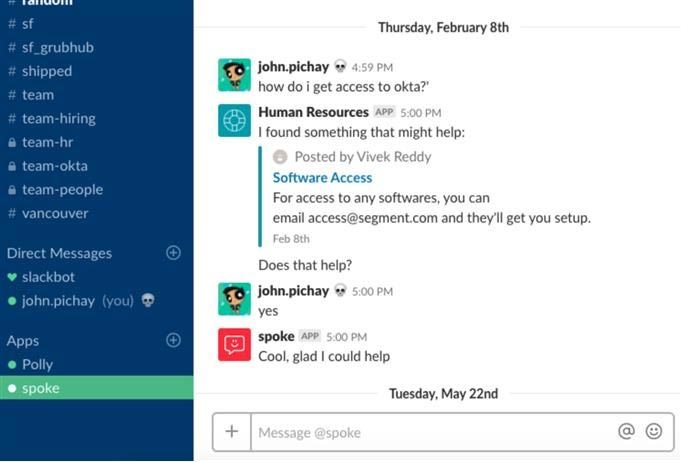
Image Source: CMS Wire
The Future of Chatbots is Here
Chatbots are limitless in potential. Small businesses and large companies alike should understand and implement their technology to be best positioned to succeed in the future. By reading this article, you’re one step ahead in understanding how to use chatbots to your advantage. So what are you waiting for? Get started with chatbots today and reap the benefits tomorrow.
